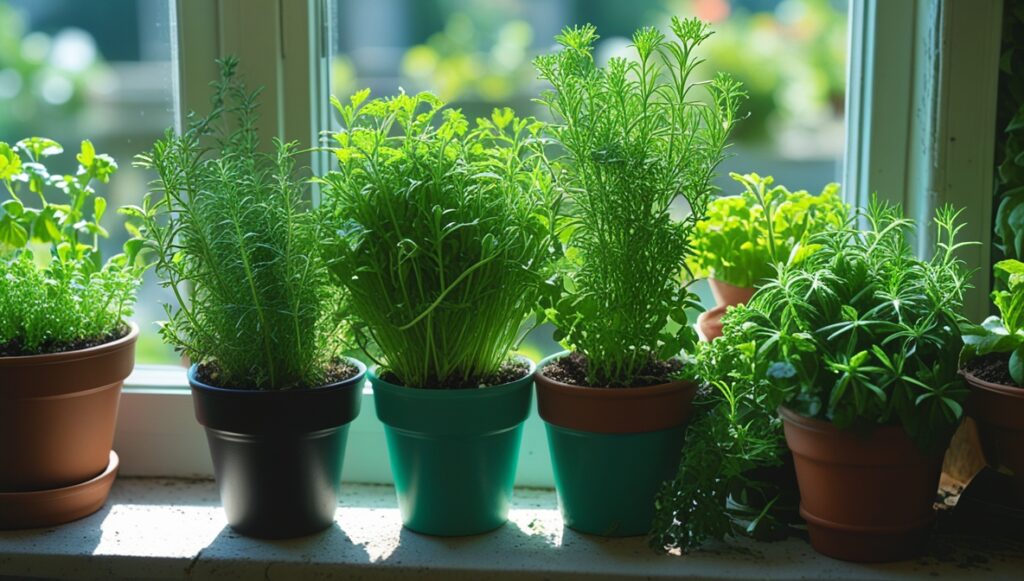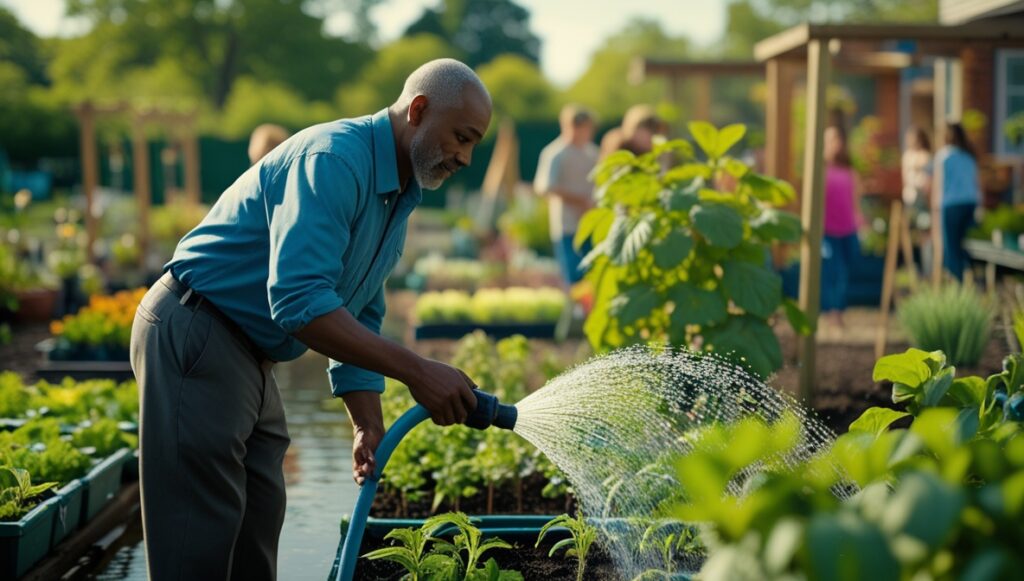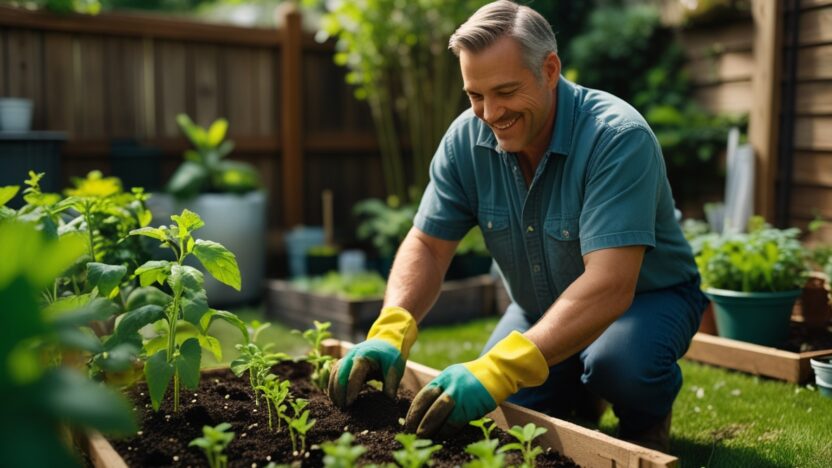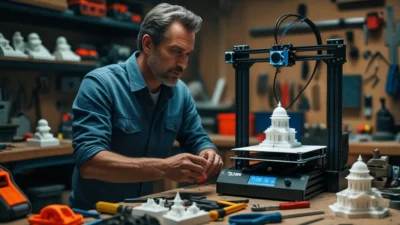Gardening is a rewarding and therapeutic hobby that connects you with nature while providing a sense of accomplishment. whether you’re growing flowers, vegetables, or herbs, starting a garden can be a fulfilling way to spend your time. in this guide, we’ll walk you through the steps to begin gardening, even if you’re a complete beginner.
Why Is Gardening a Great Hobby for Beginners?
Gardening offers numerous benefits, from improving mental health to encouraging physical activity. it’s also a flexible hobby that can be adapted to any space, budget, or skill level. plus, there’s nothing quite like enjoying the fruits (or vegetables) of your labor.
Benefits of Gardening
- Physical Activity: Digging, planting, and weeding keep you active.
- Mental Health Boost: Reduces stress and promotes mindfulness.
- Fresh Produce: Grow your own herbs, fruits, and vegetables for healthier meals.
- Connection to Nature: Provides a calming escape from daily life.
“gardening is not just about plants—it’s about nurturing yourself and your environment.”
Steps to Start Gardening as a New Hobby
Here’s a step-by-step guide to help you get started on your gardening journey.
1. Decide What to Grow
The first step is choosing what you’d like to grow based on your interests, climate, and available space.
Options to Consider
- Vegetables: Tomatoes, peppers, lettuce, and carrots are beginner-friendly.
- Herbs: Basil, mint, rosemary, and thyme thrive in small spaces.
- Flowers: Marigolds, sunflowers, and zinnias add beauty and attract pollinators.
Tips for Choosing Plants
- Start with easy-to-grow varieties that suit your local climate.
- Consider how much sunlight your space receives (full sun, partial shade, etc.).
- Think about what you enjoy eating or seeing in your garden.

2. Choose the Right Location
The location of your garden plays a crucial role in its success. most plants need adequate sunlight, water, and good soil to thrive.
Factors to Consider
- Sunlight: Most vegetables and flowers need 6-8 hours of direct sunlight daily.
- Accessibility: Pick a spot that’s easy to access for watering and maintenance.
- Space: Use raised beds, containers, or vertical gardens if space is limited.
Container Gardening for Small Spaces
If you live in an apartment or have limited outdoor space, container gardening is a great option. use pots, window boxes, or hanging baskets to grow plants.
3. Gather Your Tools and Supplies
You don’t need expensive equipment to start gardening. a few basic tools will suffice for most beginners.
Essential Gardening Tools
- Trowel: For digging holes and planting seeds.
- Pruning Shears: To trim plants and remove dead leaves.
- Watering Can or Hose: For keeping plants hydrated.
- Gloves: Protect your hands from dirt and thorns.
Soil and Fertilizer
- Use high-quality potting soil for container gardens.
- Add compost or organic fertilizer to enrich the soil with nutrients.
4. Prepare the Soil
Healthy soil is the foundation of a thriving garden. preparing it properly ensures your plants have the best chance to grow.
Steps to Prepare Soil
- Clear the area of weeds, rocks, and debris.
- Loosen the soil with a garden fork or tiller.
- Mix in compost or organic matter to improve fertility and drainage.
Testing Your Soil
Consider testing your soil’s pH level to determine which plants will thrive. most plants prefer a neutral pH between 6.0 and 7.0.

5. Plant Your Garden
Once your soil is ready, it’s time to plant! follow these tips for successful planting.
Planting Tips
- Follow seed packet instructions for spacing and depth.
- Water the soil thoroughly after planting to help roots establish.
- Label your plants to keep track of what’s growing where.
Starting from Seeds vs. Seedlings
- Seeds: More cost-effective but take longer to grow.
- Seedlings: Already sprouted plants that give you a head start.
6. Maintain Your Garden
Regular care is essential to keep your garden healthy and productive. here’s how to stay on top of maintenance.
Watering
- Water plants early in the morning to reduce evaporation.
- Avoid overwatering—check soil moisture before watering.
Weeding
- Remove weeds regularly to prevent them from competing with your plants.
- Use mulch to suppress weeds and retain soil moisture.
Pruning and Deadheading
- Trim back overgrown plants to encourage healthy growth.
- Remove spent flowers (deadheading) to promote new blooms.
7. Learn and Adapt
Gardening is a learning process, and mistakes are part of the journey. observe your plants and adjust your approach as needed.
Common Challenges and Solutions
- Pests: Use natural remedies like neem oil or introduce beneficial insects.
- Diseases: Ensure proper air circulation and avoid overhead watering.
- Poor Growth: Check soil quality, sunlight, and watering habits.
Resources for Learning
- Read gardening books or blogs for tips and inspiration.
- Join local gardening clubs or online communities for advice.
- Attend workshops or classes to deepen your knowledge.
Frequently Asked Questions About Starting Gardening
Do I Need a Large Yard to Start Gardening?
No, you can garden in small spaces using containers, raised beds, or vertical gardens. even a sunny windowsill works for herbs.
How Much Time Does Gardening Take?
The time commitment depends on the size of your garden and the plants you choose. a small garden may require just 10-15 minutes daily for maintenance.
What If I Don’t Have a Green Thumb?
Start with low-maintenance plants like succulents, herbs, or marigolds. gardening is a skill that improves with practice and patience.
Can I Garden Indoors?
Yes, indoor gardening is perfect for small spaces. grow herbs, houseplants, or compact vegetables near a sunny window or under grow lights.



